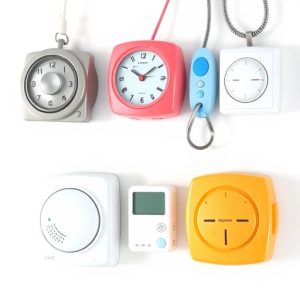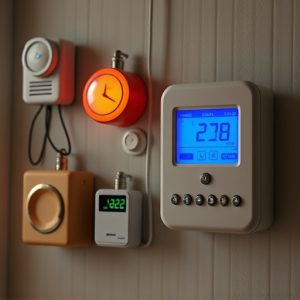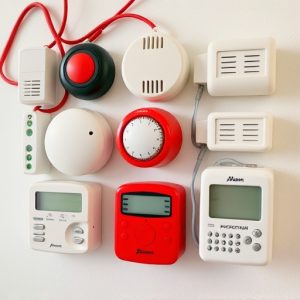Remote-Controlled Personal Alarms: Features, Uses, and Benefits Unlocked
Personal alarms with remote control are compact, powerful tools for individual safety, featuring lou…….
Personal alarms with remote control are compact, powerful tools for individual safety, featuring loud sirens, panic buttons, and GPS tracking. These devices deter threats, attract help, and allow users to maintain a safe distance via remote activation. Models vary in features like range, battery life, and automatic fall detection, catering to diverse needs from travel to late-night walks. Regular testing ensures their effectiveness for peace of mind and emergency response.
Personal alarms with remote control have become essential tools for self-defense, offering peace of mind in an uncertain world. These compact devices provide a simple yet effective solution for individuals seeking protection while alone or in potentially dangerous situations. In this article, we’ll explore the key features and benefits of handheld personal protection alarms, dissect different types to help you choose, and share best practices for maximizing their safety potential.
- Understanding Handheld Personal Protection Alarms: Key Features and Benefits
- Types of Remote Control Personal Alarm Devices: What's Right for You?
- Safety in Focus: Effective Use Cases and Best Practices for Personal Alarms
Understanding Handheld Personal Protection Alarms: Key Features and Benefits
Handheld personal protection alarms, often equipped with a remote control, are compact yet powerful tools designed to enhance individual safety. These devices offer a range of features tailored to various situations, from personal defense to emergency communication. Key among these is the loud siren that can deter potential attackers, drawing attention and alerting others nearby. Additionally, they typically include panic buttons that trigger an alarm or call for help with just a press, providing users with immediate assistance during emergencies.
The remote control functionality adds a layer of convenience and safety. Users can activate the alarm from a distance, allowing them to maintain their location advantage while disorienting or frightening off potential threats. Moreover, many personal alarms come with GPS tracking features, enabling emergency services to pinpoint the user’s location should they press the panic button. This integration of technology ensures that these handheld devices offer not just peace of mind but actionable safety measures in emergencies, making them valuable tools for anyone prioritizing personal protection.
Types of Remote Control Personal Alarm Devices: What's Right for You?
When considering a handheld personal protection alarm device, understanding the variety of options available with remote control functionality can make all the difference in your peace of mind. Personal alarms with remote control come in diverse types designed to cater to different needs and preferences.
For instance, some devices offer simple yet effective basic functions like loud sounds and flashing lights for attention-grabbing alerts. Others incorporate advanced features such as GPS tracking, automatic fall detection, and long-range signals, providing added security for various scenarios, from outdoor adventures to everyday carry. Key factors in choosing the right remote control personal alarm include considering your activity level, desired range, battery life expectations, and any additional safety features that align with your requirements.
Safety in Focus: Effective Use Cases and Best Practices for Personal Alarms
Personal alarms with remote control are powerful tools for enhancing individual safety, especially in situations where immediate attention and assistance are required. These compact devices offer a discreet yet effective solution for personal security, making them ideal for various scenarios. When used appropriately, they can deter potential threats, attract help, and provide users with a sense of empowerment.
Best practices involve keeping the alarm easily accessible and familiarizing oneself with its functionality. Regularly testing the device ensures it’s in working order when needed. Targeted use cases include personal safety during travel, outdoor activities, or late-night walks. By combining the alarm’s loud sound with the remote control feature, users can maintain a safe distance while still drawing attention to their location, ensuring prompt assistance if required.
Handheld personal protection alarm devices, especially those with remote control features, offer a powerful tool for safety and peace of mind. By understanding their key features, various types, and effective use cases, individuals can make informed decisions to protect themselves in different situations. Whether for personal security or as a backup during emergencies, these devices provide an additional layer of protection that can be easily carried and activated with the push of a button. For those seeking enhanced safety, integrating a personal alarm with remote control into their routine could be a valuable investment.


